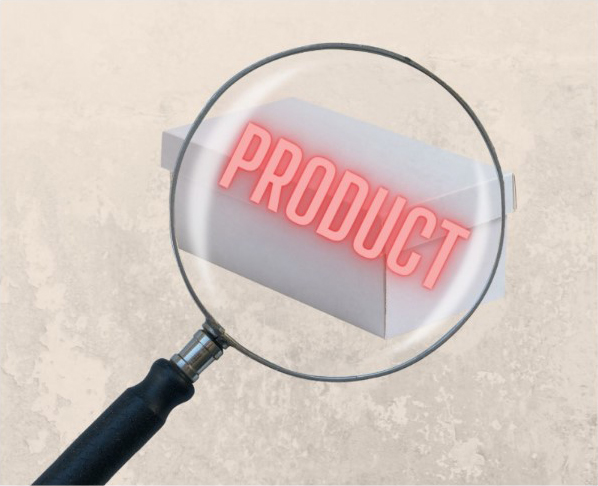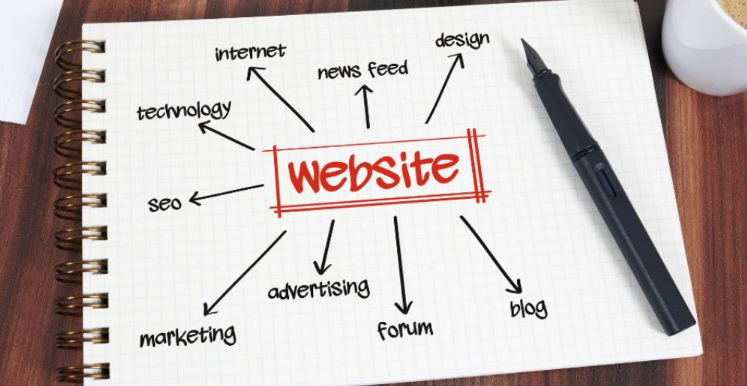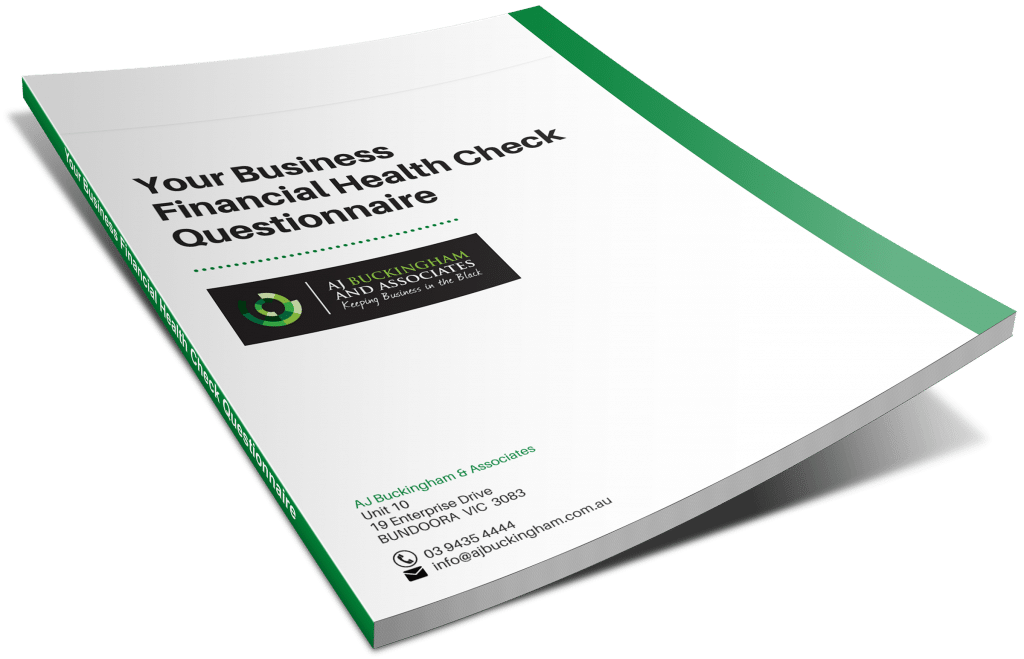
Business owners make lots of sacrifices. They typically give up their steady job and regular income to pursue their venture. They take financial risks, often experience sleepless nights and burn the candle at both ends. They also forfeit holidays and give up weekends to build their business.
On face value, entrepreneurs deserve significant financial returns, however, many businesses don’t deliver adequate profits. In fact, statistically, close to 50% of businesses fail within the first 3 years of starting. The clear lesson is, no amount of passion, planning or funding can guarantee business success. Financial statements don’t lie and if your business is under performing there are reasons. While there’s no silver bullet to improve your business profits, let’s examine some common sources of the problem.
#1: Review Your Prices
Pricing is a key part of your profit formula and if you get it wrong, the financial consequences can be catastrophic.
If your bottom line is battling, it’s time to revisit how you came up with your original product and service prices. While it’s easy to simply base your prices on what your competitors charge, this doesn’t factor in your specific business costs. Your competitors might be all online operators and don’t have a bricks and mortar presence, so they don’t pay rent. Others might be buying in bulk and getting significant discounts. Others might be getting their products manufactured overseas a ta much cheaper price than you can source.

With pricing, you can’t apply guesswork or simply work on what you think is a fair market price. Your prices need to take into account what it takes to make your business profitable which demands you factor in your business costs and targeted level of profit. Basically you need to reverse engineer your prices. That involves calculating your business expenses plus including a realistic profit. Let’s say all up this totals $250,000 which means the gross profit on your sales must equal this number. As such, you need to estimate how many of each product or service you expect to sell and know the profit margin on each item to arrive at a gross profit of $250,000. Knowing those figures will then let you work backwards and price each product so you meet your income target. Of course, estimating sales is always a challenge and sometimes you need to look at doing your sums based on best, mid-point, and worst case sale scenarios.
As accountants, if you need help in setting your prices, we can do some financial modelling based on different price points for your business.
#2: Wrong Products?
If your products aren’t selling your business is obviously in trouble. If your products are over-priced then it’s time for a review as per the above.
Your products might be inferior in quality compared to your competitors. Your products might not be quite what the market wants because you are ahead of your time or your products have been superseded by a newer, technically better product. Maybe you didn’t do enough market research before launching? Either way, it’s important to test the market and validate your idea to make sure it’s something enough people will buy.

If your business is not generating enough sales or profit to justify your time, effort and financial risk then alarm bells should be ringing. You probably only have a few options including shut down or pivot. Business owners normally pivot when they sense the business needs a change of direction. It could be strategic to counter challenges like a new competitor, a shift in consumer demand or help the business recover from a period where sales and profitability are in decline.
The pandemic demonstrated how many entrepreneurs pivoted to survive and keep their business boat afloat. For example, restaurants were quick to pivot when their dining rooms were closed and they offered frozen take-away dinner packs including 7 and 14 day ‘isolation packs’. We saw drive-through coffee shops appear, pop-up florists and some businesses like distilleries modified their production processes to produce hand sanitiser. Textile businesses that produced scarves and chef’s aprons manufactured face masks while classes for Pilates, cooking, dancing, yoga and fitness all moved online to survive. Gyms rented out their barbells and spin bikes. As they say, necessity is the mother of invention.
The definition of business insanity is to keep doing things the same way and expect the same financial results. If your bottom line profit is below par, could your business benefit from pivoting? Basically, your business exists to solve your customer and client problems and if those problems still exist, can you find a new way to deliver the solution without a massive outlay or risk? As a business owner, you should expect the unexpected and while pivoting may not be an option for everyone, it could present opportunities that might help you emerge a stronger and more profitable business.
#3: Marketing to Your Ideal Customers or Clients
If you have quality products and provide awesome customer service, why are your sales struggling? It’s the million dollar question and it’s time to put your marketing under the microscope.

The pandemic saw a major shift in consumer behaviour towards online sales. The truth is, in the digital age, your marketing could be the difference between doom, gloom and boom. If you’re generating plenty of leads but your prospects aren’t converting to paying customers you are obviously missing something. If you’re attracting difficult or problem customers then it’s time to focus on identifying your ideal type of customer which can involve identifying their gender, demographic, location, disposable income and where they ‘hang out’ including the social media channels they use.
Defining your ideal customer will drive all your marketing going forward and only those businesses that really know their customers deserve their business. Understand what is important to them which could be price, convenience, location, or same day service. You also need to spell out your expertise and that might mean building content that focuses on your niche markets or specialist services.
If you expect a queue of customers and hockey stick growth because you have the right product, offer great service and have a website, think again. Your marketing focus needs to be online and your website is probably the first touch point with a potential new customer. In the internet-fuelled world, you need to make a good first impression and an amateurish website (or no website at all) is marketing suicide in the digital age. Your website is your online shopfront and if you want to appear on the first page of a Google search you need original, quality content including text, videos, and images.

With websites, if you think, ‘build it and they will come’, think again. Google can take months to index your website content which means you could be invisible on the internet for months after launching your website. Not only that, if your content doesn’t resonate with your target audience you won’t attract that all-important ideal customer. Your website should aim to generate leads, store all your content and be the hub of your marketing activities. While your competitor’s websites could be just ‘online brochures’ that simply list the who what and where of their business, your website needs to be a ‘lead generation machine’ that has calls to action on every page together with lead magnets, videos and social proof that demonstrates your customers love your products and services.
SUMMARY
Every entrepreneur wants to grow their sales, profit and business value. While there’s no proven formula for business growth and improved profitability, these outcomes are achieved as a result of having the right product at the right price. You also need systemised marketing processes together with industry expertise and a great team that delivers outstanding customer service.

A combination of these things together with technology that can accelerate your processes, automate your marketing, improve productivity, reduce costs, save time and help manage your inventory could be the key to unlocking your profitability.

